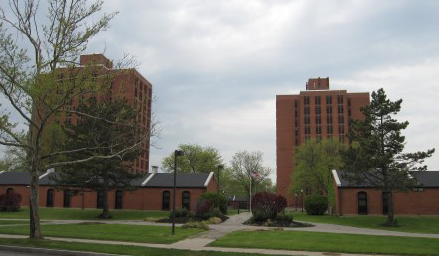
| Mid-Campus | Southside Living Area |
 |
| Southside Living Area |
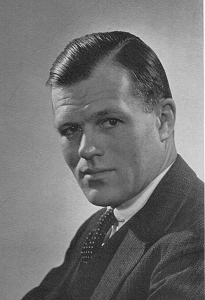 |
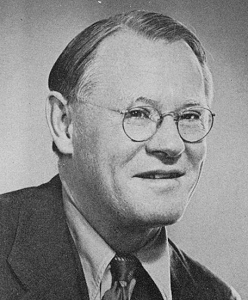 |
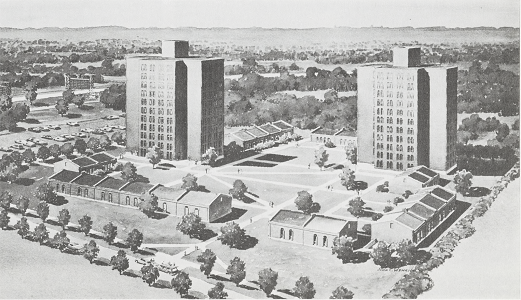 |
| Alan
Valentine |
Cornelis deKiewiet | 1964 Artist's Rendering of the Graduate Living Center |
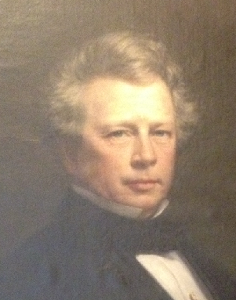 |
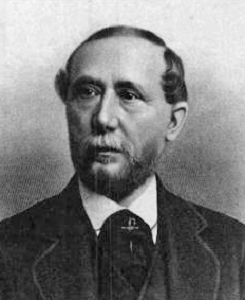 |
 |
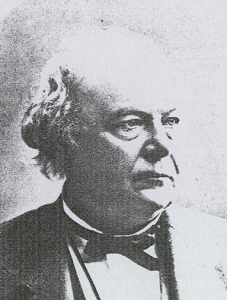 |
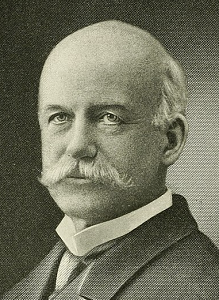 |
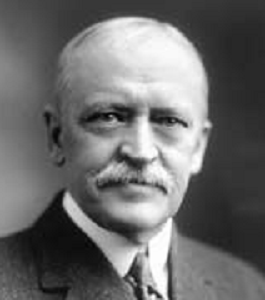 |
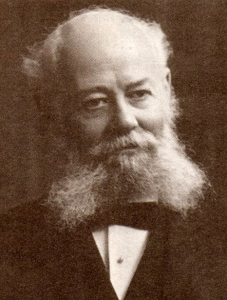 |
| William Kelly |
John Bond Trevor | Edward Bright | Edward Mott Moore | Rufus Adams Sibley | Lewis Pratt Ross | John Pixley Munn |
The University built a Graduate Living Center that opened in 1965 to provide housing at reasonable cost for single graduate students. Two towers were named after Presidents Alan Valentine and Cornelis deKiewiet in 1966, and seven smaller maisonettes were named after the first seven heads of the Board of Trustees: William Kelly, John B. Trevor, the Rev. Edward Bright, Dr. Edward Mott Moore, Rufus Sibley, Lewis P. Ross, and Dr. John P. Munn.
Although intended for graduate students, various numbers of undergraduates were housed in the buildings after it opened. Eventually undergraduates took over the entire complex and it became known as the Southside Living Area, although it still answers to the name "glick" (for GLC).
References
1894 "Rev.
Edward Bright," Democrat and Chronicle, May 20, 1894, Page
6.
1915 "Lewis P. Ross, Merchant and Banker, is Dead." Democrat and Chronicle, December 15, 1915, Page 19.
1928 Rufus Adams Sibley (1841-1928) Grave in Mt. Hope Cemetery
1962 "UR Graduate Living
Center," University Record 2(3):1 (March 1962)
Plans for the U of R’s first graduate living center, containing
approximately 180 apartment units, have been announced by LaRoy B.
Thompson, vice president and treasurer.
The $3.3 million residence center is scheduled for completion in July,
1964. The residence center will be located south of the Medical Center on
the north side of the block which now contains University Park.
1962 "$3
Million Loan OK'd for UR Housing," Democrat and Chronicle,
October 13, 1962, Page 7.
The money is to construct a graduate living center to house 183 student
families and two supervisors, the announcement said. The center will
consist of two 11-story apartment buildings and 20 small houses.
1962 "UR to Ask Zoning Variance for 176 Apartment Units," Democrat and Chronicle, November 10, 1962, Page 20.
1962 "Zoners Refuse Permit for UR Apartments," Democrat and Chronicle, November 16, 1962, Page 22.
1962 "Zoning
Board Action Hit by UR Official," Democrat and Chronicle,
November 17, 1962, Page 21.
Zoning refusal for a graduate living center. The university
had planned to begin construction of 176 apartment units in two 11-story
buildings and four one-story buildings off Lattimore Road.
1962 "U. of R. Chooses New Site for Graduate Dormitory," Democrat and Chronicle, December 14, 1962, Page 13.
1963 "Graduate Center at UR Approved by Zoning Board," Democrat and Chronicle, January 4, 1963, Page 16.
1965 "Housing Complex Opens at UR," Democrat and Chronicle, August 31, 1965, Page 3B.
1965 "Trustees
to Rename Towers, GLC In Honor of Previous UR Leaders," Campus
Times, December 14, 1965, Page 3.
At the graduate living center, the south tower has been named Alan
Valentine tower in honor of the university's fourth president, who served
from 1935 to 1950; and the north tower, Cornelis Willem de Kiewiet tower,
for the fifth president of the university, who served from 1951 to 1961.
The other seven units of the graduate center have been named in honor of
the seven chairmen of the hoard of trustees who succeeded Wilder. They
are: William Kelly, who served from 1860 to 1872; John B. Trevor, 1872 to
1885; Edward Bright, 1886 to 1893; Edward Mott Moore, 1893 to 1902; Rufus
Adams Sibley, 1902 to 1903; Lewis Pratt Ross, 1903 to 1915; and John
Pixley Munn, 1916 to 1931.
1966 "May
Miscellany," Rochester Review 29(1):29 (Fall 1966)
Last Last spring the University dedicated the maisonettes encircling
the Valentine and de Kiewiet Towers of the new graduate living center to
seven early leaders in the educational process at Rochester – William
Kelly, John B. Trevor, the Rev. Edward Bright, Dr. Edward Mott Moore,
Rufus Sibley, Lewis P. Ross, and Dr. John P. Munn. For 71 years – from
1860 to 1931 – these men presided over the trustee board, but their
contributions to the life of the University have been well-nigh
obliterated by the mists of time.
When the first of these presidents (the designation "chairman" was not
adopted until 1923) assumed office, the ideal of higher education in the
United States was represented by Mark Hopkins on one end of a log and an
undergraduate on the other. By the time the last of them laid down his
responsibilities, the situation had changed radically.
(Then, one needed to rise to the Top of the Mark in San Francisco and gaze
across the bay to Berkeley where the University of California catered to
and cultivated a vast array of intellectual and scientific tastes – and
some distastes. A stereotyped table d'hote menu had yielded to a
chaotic a la carte.) In the interval, what had been a good,
regional college for men at Rochester was by way of becoming a university
of national, indeed international, stature.
These seven board presidents were diverse in their educational experience,
vocations, and places of residence, yet they shared a common impulse to
advance the kingdom of truth, to enrich young lives, and thus to better
society.
So long as Martin Brewer Anderson was chief executive of the University,
trustee presidents had relatively little to do, for he ran a tight ship
and his hand seldom left the tiller. It was different during the
administration of his immediate successors, David Jayne Hill and Benjamin
Rush Rhees, who had learned valuable lessons on the management of an
institution of higher education from the great German shrines of learning
and research.
The minutes of trustee deliberations are not very appetizing fare; there
must have been lighter moments known only to a recording angel, if such
there be.
Only twice were the presidents of the board and their fellow trustees
called upon to perform their weightiest responsibility – the selection of
a new administrative head of the University – and that must be something
of a record. During their tenure the account books of the institution were
habitually drenched in red ink, but somehow finances were held steady when
the operating budget involved fewer thousands of dollars than it does
millions nowadays. With slender means enduring results were achieved.
The trustees tried to give teachers dignity, security, and strength. They
aided in the recruitment of students of ability and promise. They helped
to shape the public image of the University.
One of the men – John B. Trevor – divided his allegiance between the
University and the Rochester Theological School; he rarely turned up at
meetings, and yet at the time of his death in 1890, he was the largest
single benefactor of the University.
Another – Dr. Edward Moore – belongs among Rochester's immortals – a
skillful physician and an untiring promoter of civic causes, he was
admired and beloved in the community he so beneficently served. While he
occupied the chair of trustee president, a goal toward which he had long
and patiently strived was attained: The gentler sex – "the neglected sex"
– was admitted to the college on equal terms with males.
It is appropriate that we honor these seven men of impressive stamp. But a
symbolic quality surrounds this remembrance, for in a larger sense these
leaders of the past personify their colleagues on the trustee body who
devote time, talents, and thought to the well-being of the University.
Their pioneering labors are a challenge to reflection and a summons to
duty.
1977 History
of the University of Rochester, 1850-1962, by Arthur J.
May. Expanded edition with notes
Chapter 37, In Pursuit of Excellence
It was reported early in 1962 that arrangements had matured for a federal
government loan to construct a graduate living center. Since the city
zoning board disapproved the proposed site, an alternate area west of
University Park was decided upon; two multistory towers, unprepossessing
in external appearance (someone tagged them "the Monitor" and "the
Merrimac"), and a row of low maisonettes would contain about 180
apartments; they were occupied in 1965.
1991 "Helen
Wood to close as residence hall," Campus Times, February 28,
1991, Page 1. | Part
2 |
Demand for space in Valentine and deKiewiet.
1997 "RIT students move into Valentine Tower," Campus Times, September 25, 1997, Page 5 | Part 2 |
Edward Mott Moore - Statue in Genesee Valley Park
© 2021 Morris A. Pierce